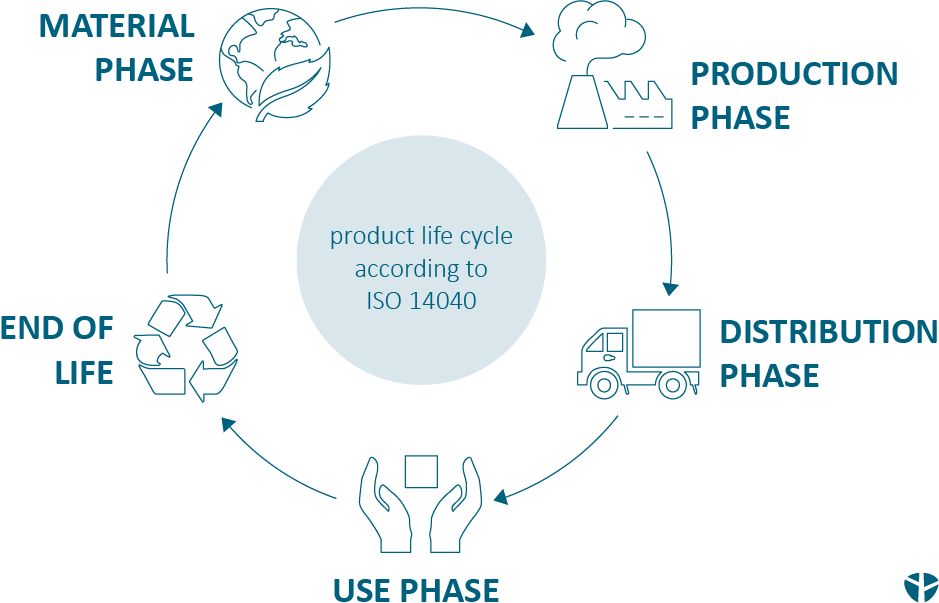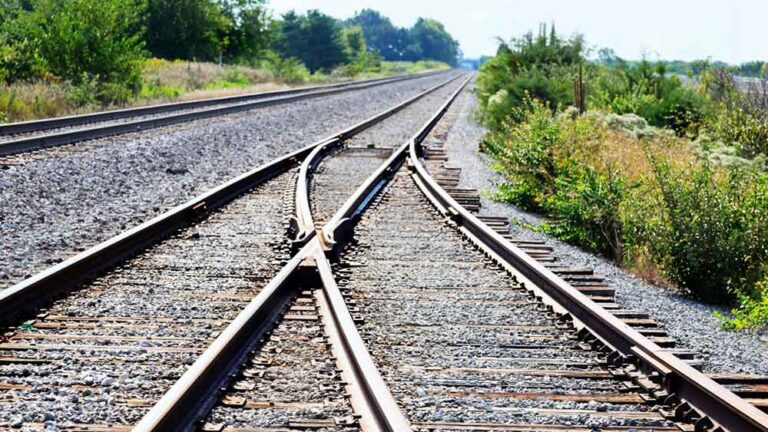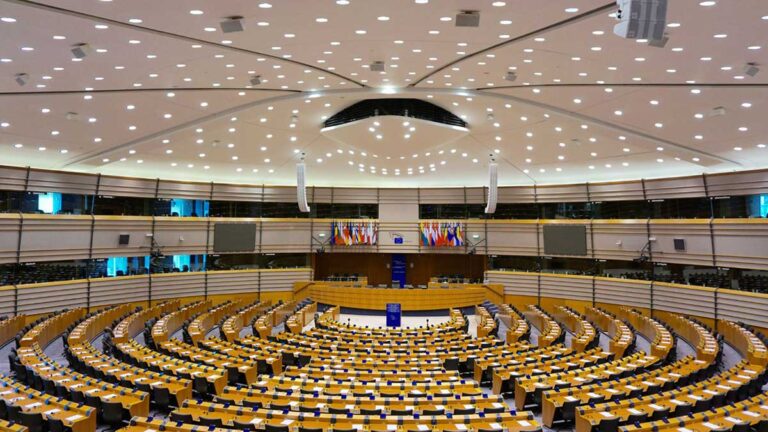FAQ
Frequently asked questions on Life Cycle Assessments
What are the results of a Life Cycle Analysis?
A life-cycle analysis is a clear and presentable result to all stakeholders, clearly explaining the environmental impact of a product, service or process. ISO 14044 and 14040 standards ensure consistency in Life Cycle Analysis.
What is a Life Cycle Impact Assessment?
The Life Cycle Impact Assessment (LCIA) is an integrated step of an LCA. While the LCA involves various steps like preparation and interpretation of the results, the specific analysis of environmental impacts takes place within the LCIA.
How to carry out an environmental impact analysis?
An impact evaluation of a product consists of many steps, including the preliminary and wrap-up. Scoping, the definition of system boundaries, and data collection are important for preparation. In addition to the actual analysis, mitigation, reporting and monitoring are also part of the method. Feel free to contact denkstatt to learn more about the procedure.
What are the stages of a product’s life cycle?
According to ISO 14040, the stages of a product can be classified as followed:
- material phase: the extraction of raw materials needed for the manufacturing
- production phase: different industrial processes like thermoforming, mechanical or chemical treatment, for example
- distribution phase: packaging, storage and transport of the product and its upstream raw materials
- use phase: requirements during usage such as energy and maintenance expenditure
- end of life: disposal or recycling of material





